Could you imagine walking into an IKEA showroom and discovering ancient tools that seem right at home among the minimalist furniture? As strange as it sounds, some of the Stone Age tools unearthed in Malaysia bear such a striking resemblance to modern Scandinavian design that it’s impossible not to be amazed. These artifacts, carved by skilled hands tens of thousands of years ago, offer a window into the ingenuity and creativity of our earliest ancestors. Their simplicity, functionality, and beauty spark questions about the timelessness of good design and the echoes of our shared human past.
A Surprising Discovery in the Malaysian Wilds
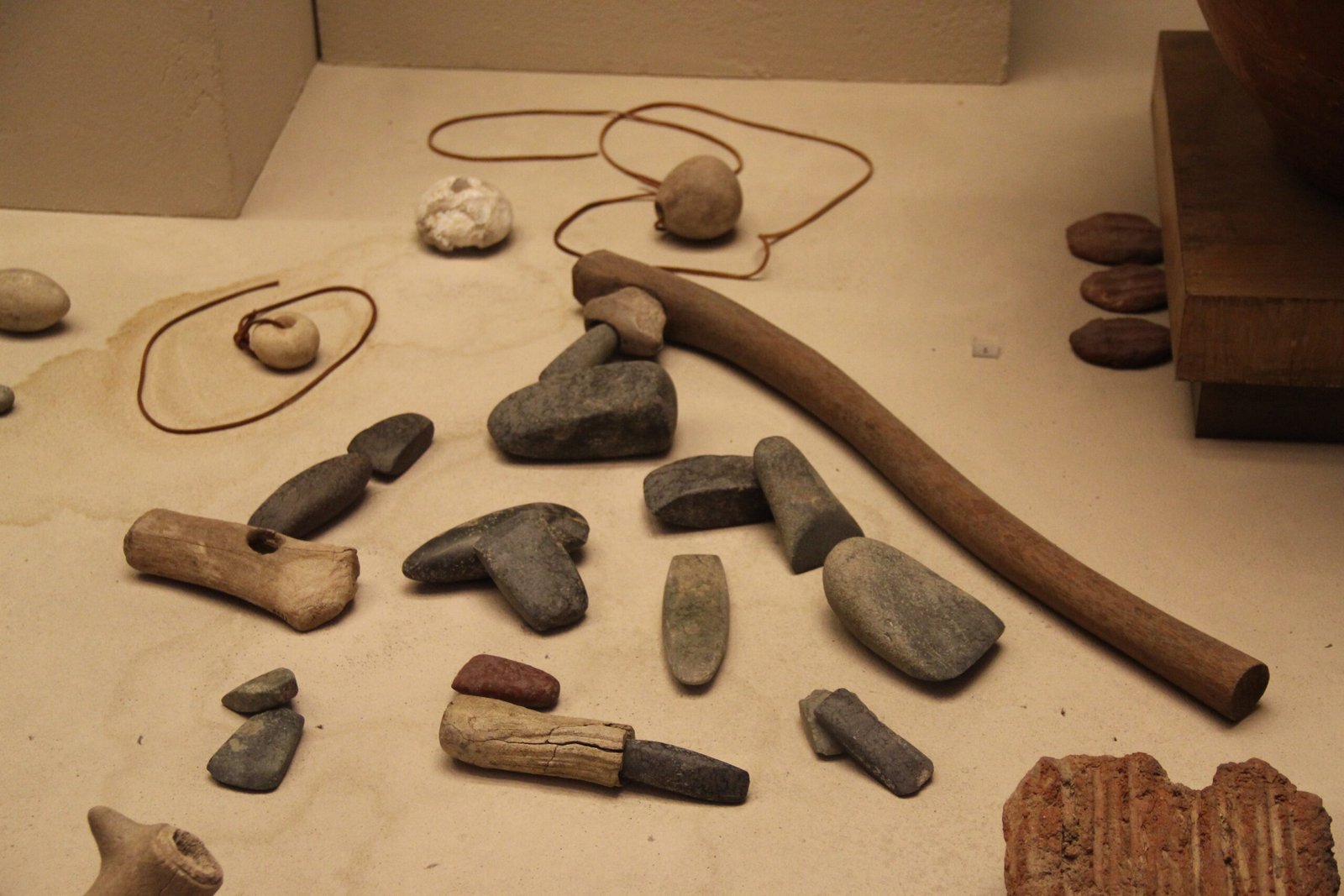
Deep within Malaysia’s lush rainforests and limestone caves, archaeologists have uncovered a treasure trove of ancient tools that have sent shockwaves through the scientific community. Some of these discoveries come from sites like Lenggong Valley, a UNESCO World Heritage Site famed for its archaeological significance. Researchers unearthed neatly crafted stone axes, scrapers, and blade-like implements that, at first glance, could be mistaken for modern kitchen utensils or decorative objects. The craftsmanship is so refined and the forms so strikingly familiar that you might expect to find them in a glossy catalog rather than buried beneath layers of jungle earth. It’s a powerful reminder that the need for practical and beautiful tools is as old as humanity itself.
The Timeless Appeal of Minimalist Design
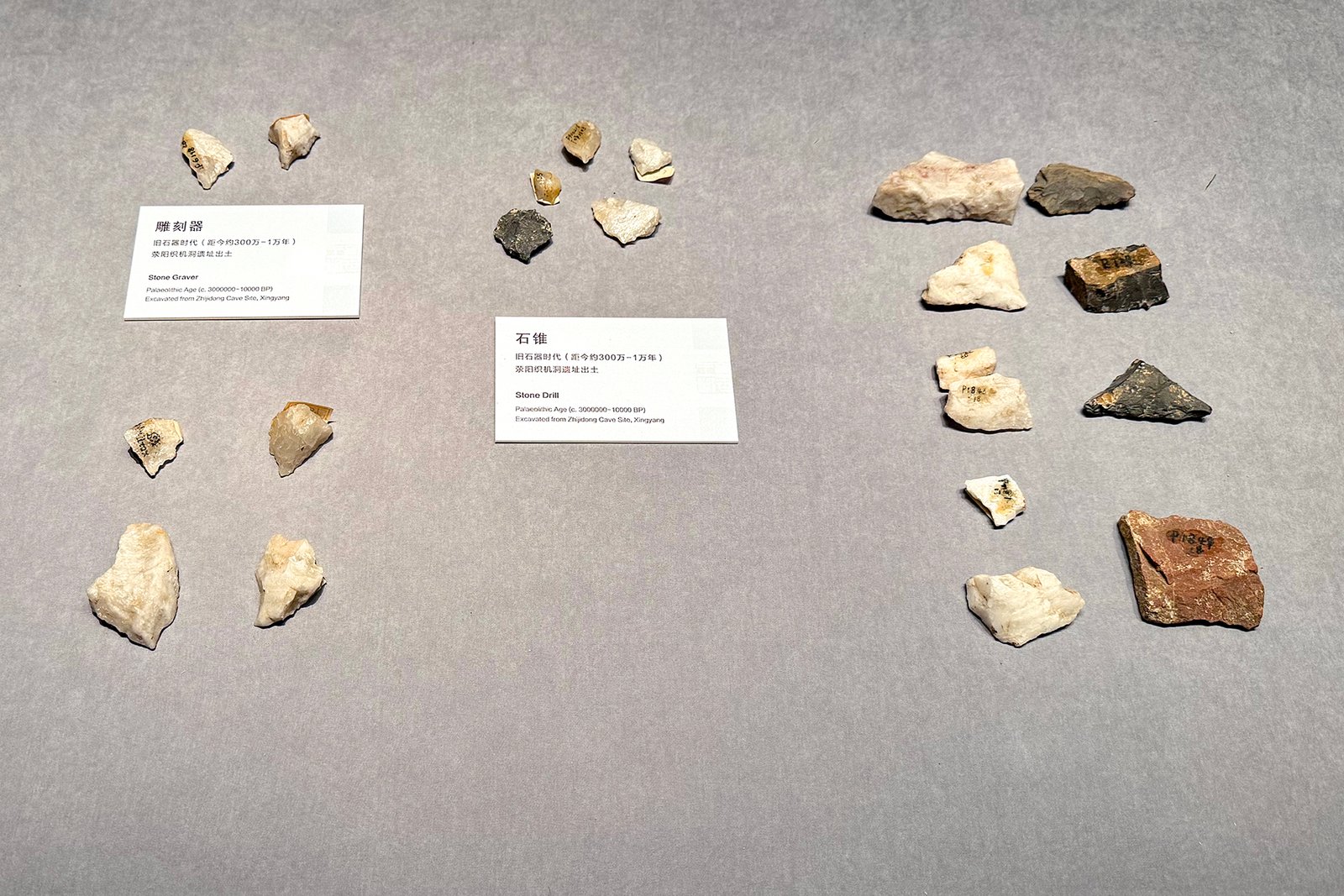
What makes these Malaysian Stone Age tools so captivating is their minimalist elegance. Each object is stripped down to its essential lines and shapes, free from unnecessary embellishment. This simplicity isn’t just aesthetic—it’s functional, too. The tools are shaped to fit comfortably in the hand, with smooth edges and balanced proportions. The same qualities that make a modern IKEA spatula satisfying to use can be found in these ancient blades and axes. It’s almost as if the creators understood the power of design to make daily life easier and more enjoyable. This connection across millennia challenges us to rethink our assumptions about progress and creativity.
How Ancient Malaysians Crafted Their Tools
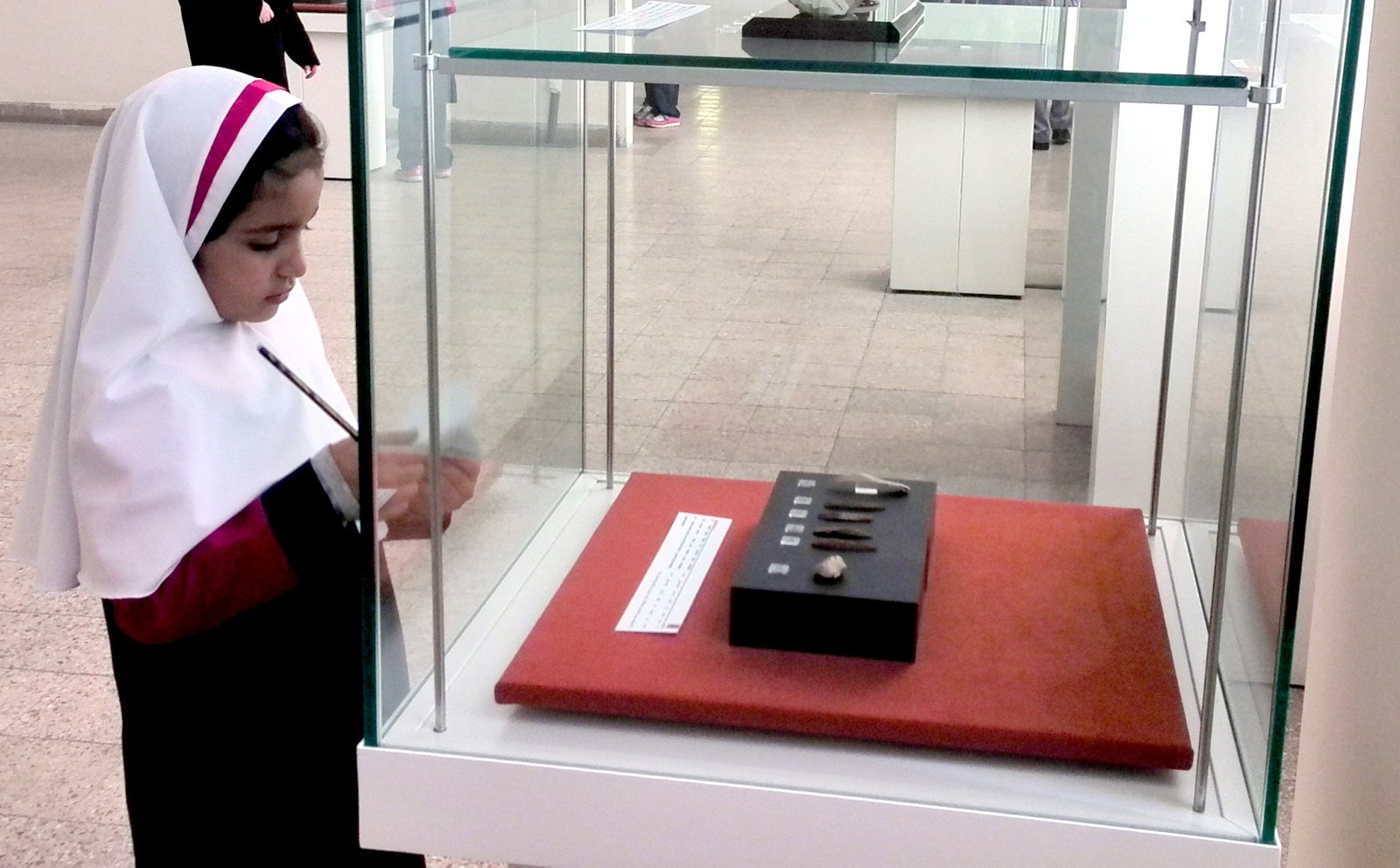
The people who made these tools were masters of their craft. Using only basic rocks and mineral resources, they employed techniques like flaking, chipping, and grinding to shape each piece. Imagine the patience and skill required to chip away at a stone until it forms a razor-sharp edge or a perfectly symmetrical handle. Some artifacts show signs of polishing and careful finishing, suggesting a deep appreciation for both function and form. These ancient toolmakers selected their raw materials with care, often choosing fine-grained stones that could be worked into sleek, durable implements. Their methods laid the groundwork for generations of technological innovation.
Everyday Life in Stone Age Malaysia
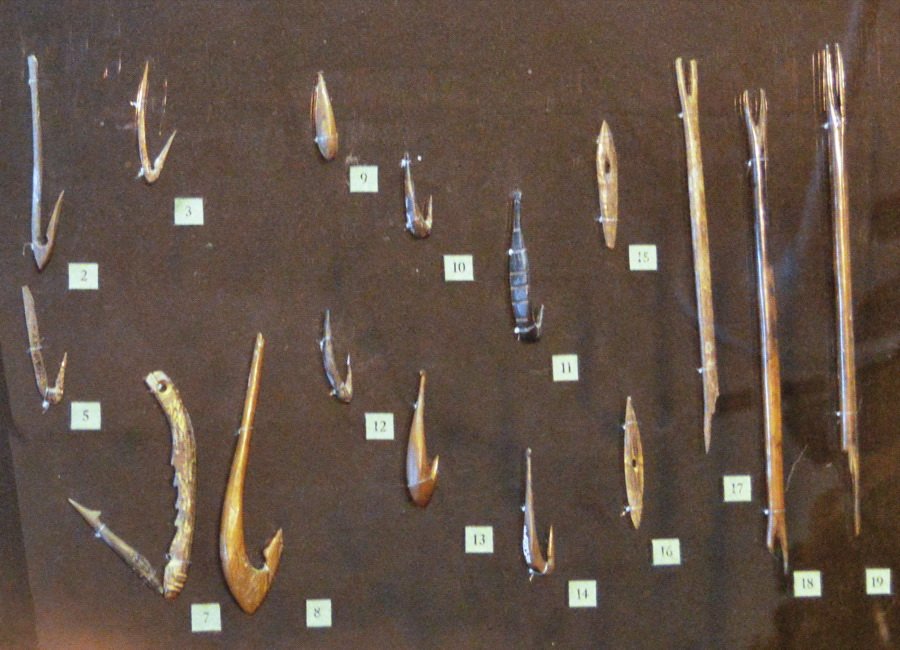
The tools found in Malaysian caves and riverbeds weren’t just for show—they played a vital role in daily survival. With them, ancient Malaysians could hunt animals, process plants, cut meat, and build shelters. Imagine using a hand-carved stone scraper to prepare food by the fire, or a polished axe to chop wood for a makeshift home. These implements were the Swiss Army knives of their time, enabling early humans to adapt to a challenging tropical environment. Their versatility and reliability helped communities thrive, even in the face of unpredictable weather, wild animals, and other hazards.
The Science Behind the Stone Age Toolkit
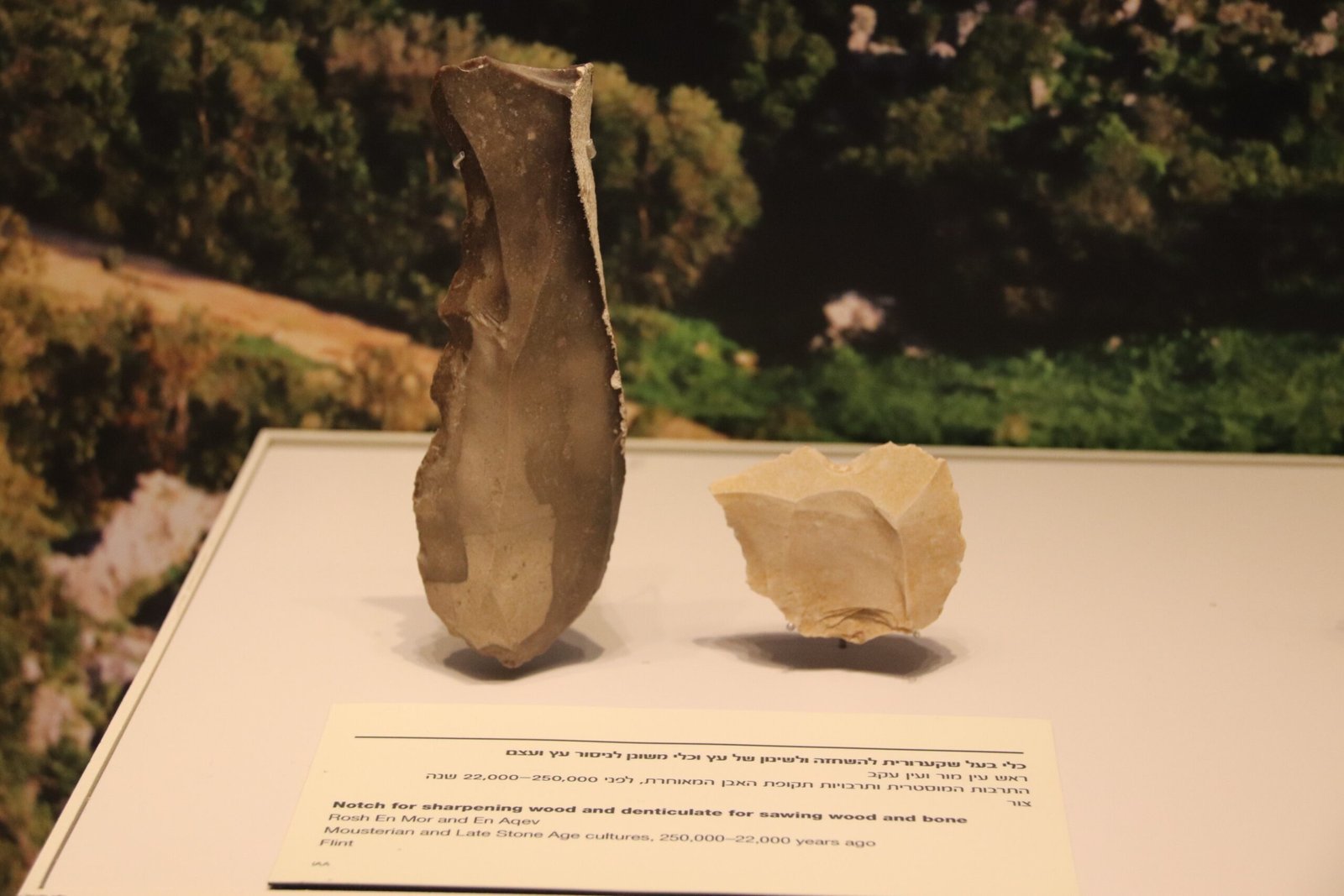
Archaeologists and scientists use a variety of methods to study these incredible tools. By analyzing wear patterns, residue, and even microscopic scratches, experts can decipher how each implement was used. Carbon dating and sediment analysis help determine the age of the sites and the conditions in which the tools were buried. Sometimes, traces of plant fibers or animal proteins are found on the blades, offering clues about Stone Age diets and hunting practices. This detective work reveals not only the technical skill of ancient Malaysians but also their resourcefulness and adaptability.
Unexpected Connections to Modern Design
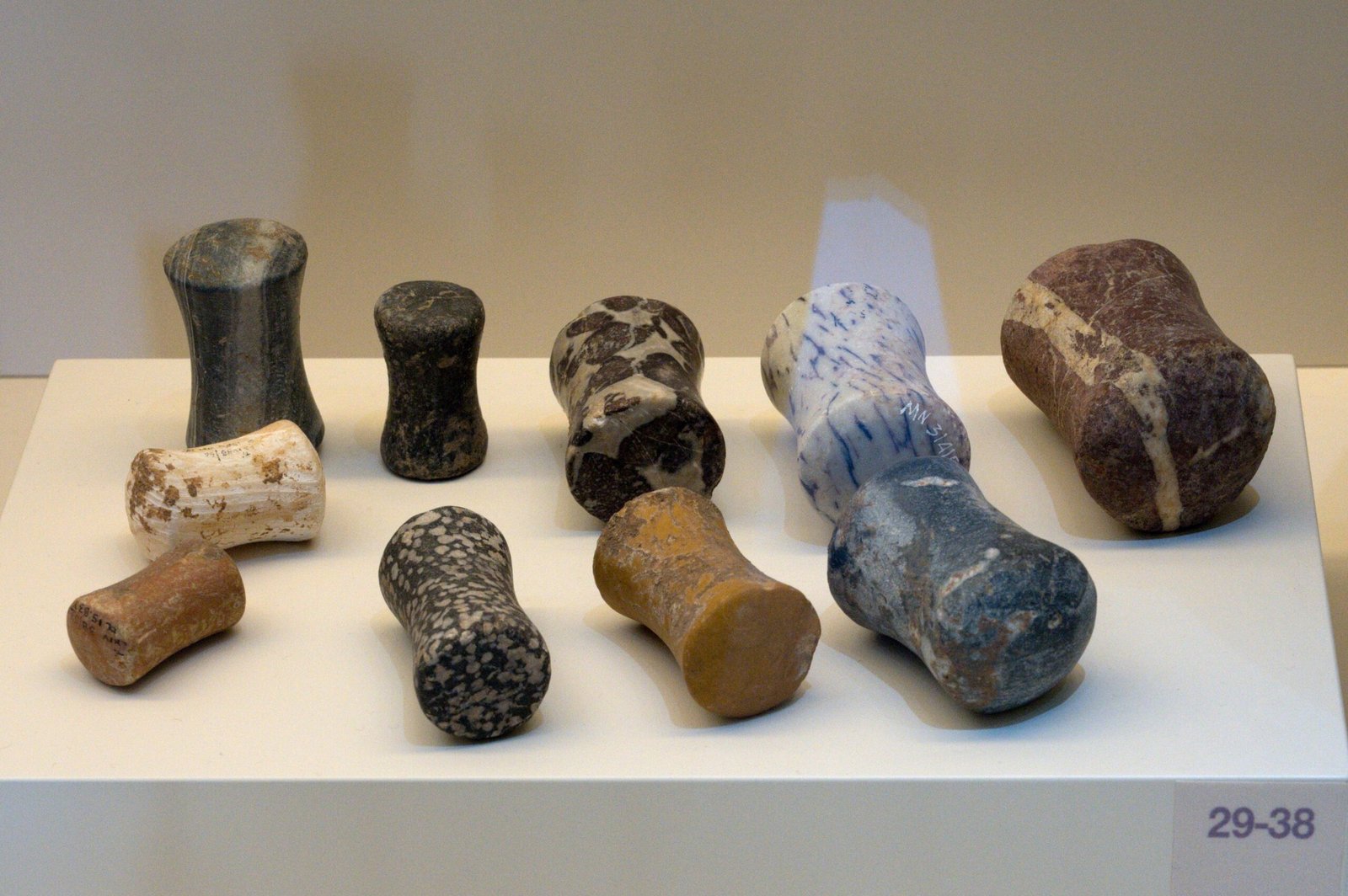
It’s almost uncanny how closely some of these ancient creations echo contemporary design trends. The clean lines, ergonomic shapes, and subtle beauty of the tools wouldn’t look out of place on a modern dining table or a kitchen counter. This resemblance isn’t just a coincidence—it speaks to universal principles of good design that transcend time and place. Whether in a prehistoric cave or a bustling city apartment, people have always sought out objects that are both pleasing to look at and practical to use. The echoes between the Stone Age and today invite us to consider what we truly value in the things we make and use.
The Role of Community and Collaboration
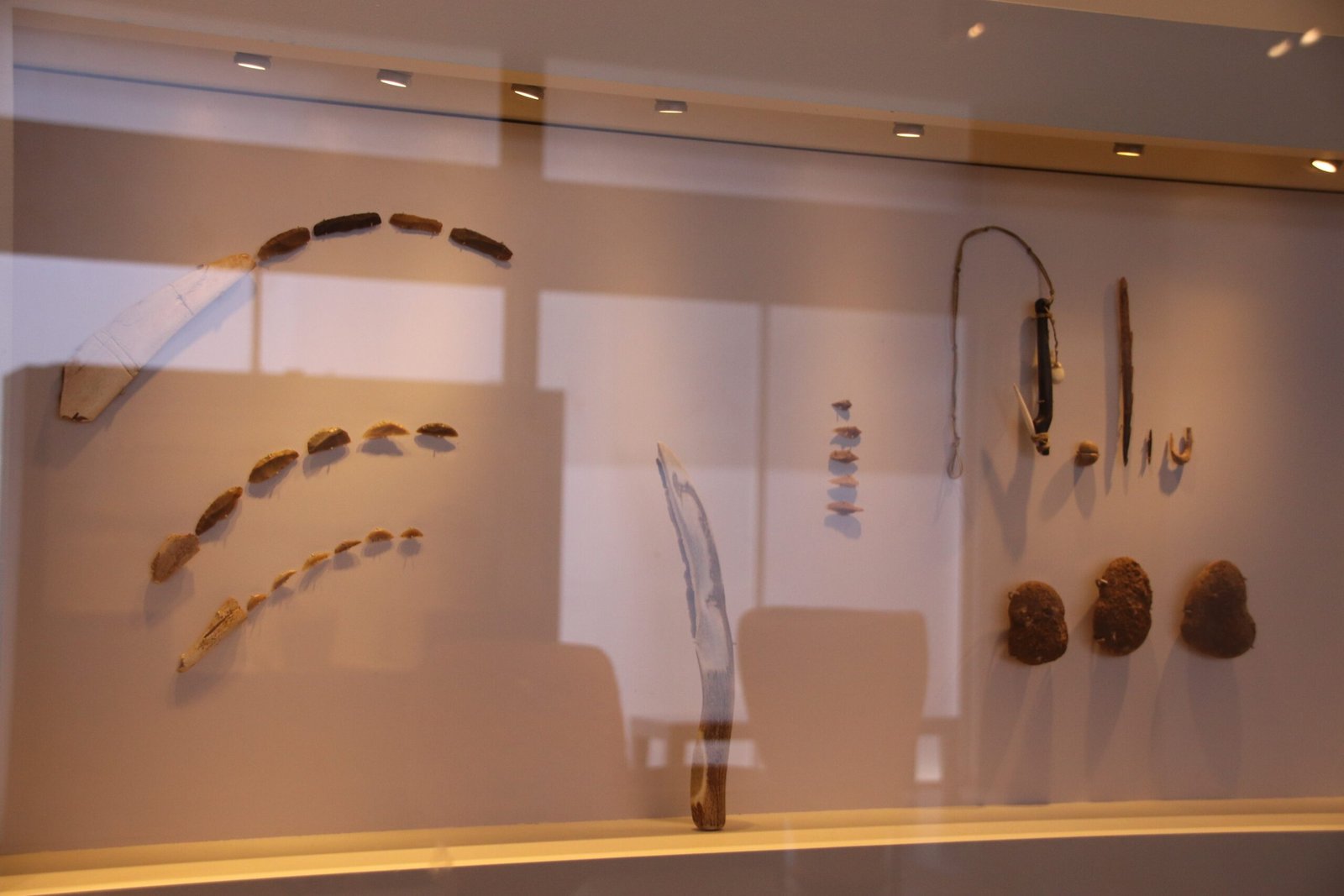
The sophistication of these tools suggests that ancient Malaysians worked together, sharing knowledge and techniques across generations. Toolmaking was likely a communal activity, with elders teaching young people the secrets of selecting stones, shaping edges, and polishing surfaces. This spirit of collaboration not only ensured survival but also fostered innovation and creativity. The tools became symbols of identity and skill, reflecting the values and aspirations of the communities that made them. Their legacy lives on in the shared human desire to create, improve, and connect with one another.
Lessons from the Past for Today’s Designers
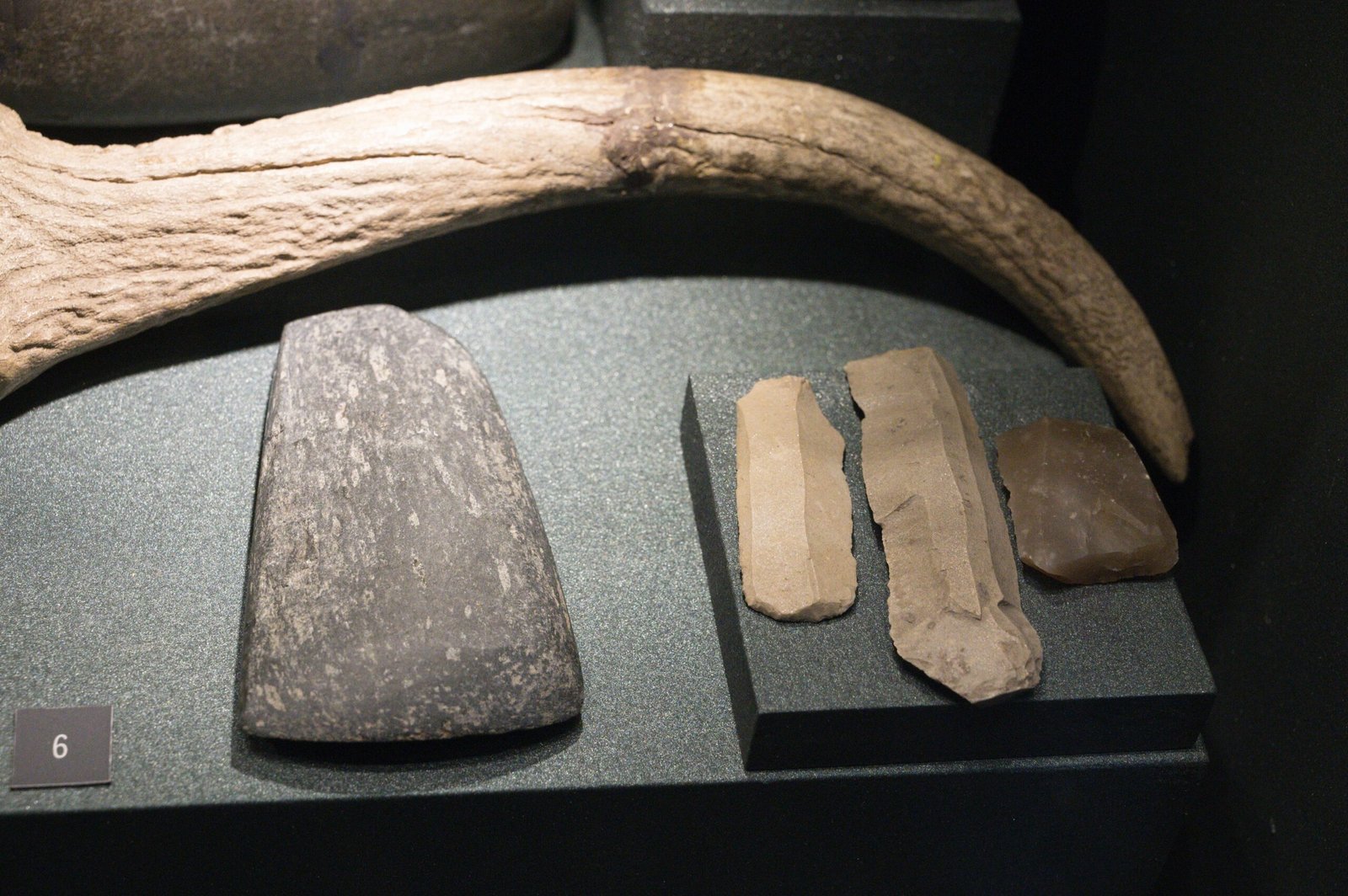
Modern designers draw inspiration from many sources, but the lessons of the Stone Age are especially relevant. The Malaysian tools remind us that the best designs are often the simplest, focusing on essential needs and enduring appeal. They challenge us to think about sustainability, resourcefulness, and the relationship between form and function. Just as ancient toolmakers used local materials and time-tested techniques, today’s creators are exploring ways to make products that last, using renewable resources and thoughtful design. The past is not just a distant memory—it’s a guide for the future.
Preserving and Celebrating a Shared Heritage
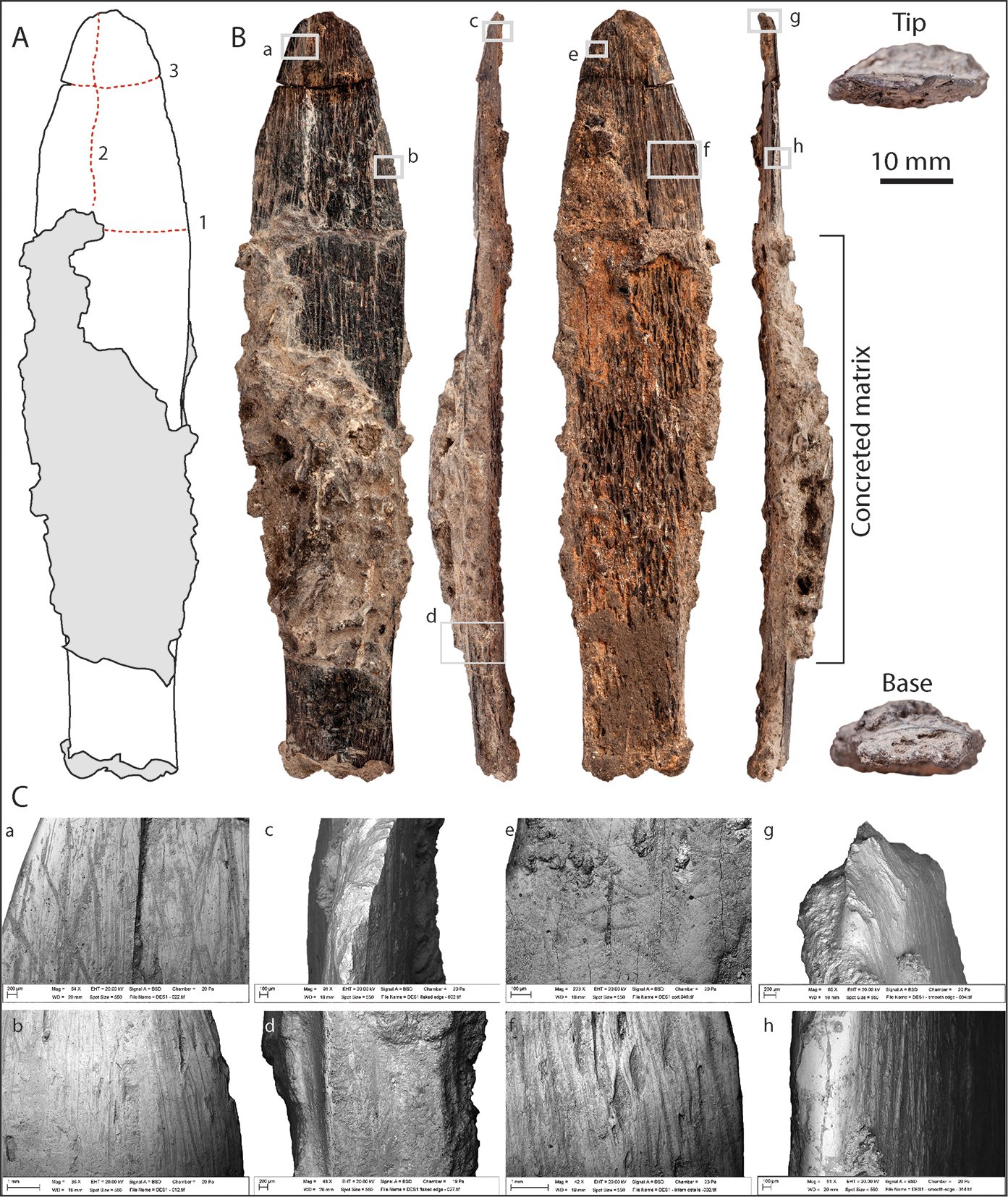
The discovery of these tools has sparked a sense of pride and wonder in Malaysia and beyond. Museums, research centers, and local communities are working together to protect these precious artifacts and share their stories with the world. Schoolchildren visit exhibitions to marvel at the ingenuity of their ancestors, while scientists continue to uncover new mysteries hidden in the earth. By preserving these treasures, we honor the creativity and resilience of those who came before us. Their achievements remind us that every culture has a story worth telling, and that the roots of innovation run deep.
The Everlasting Allure of Human Creativity
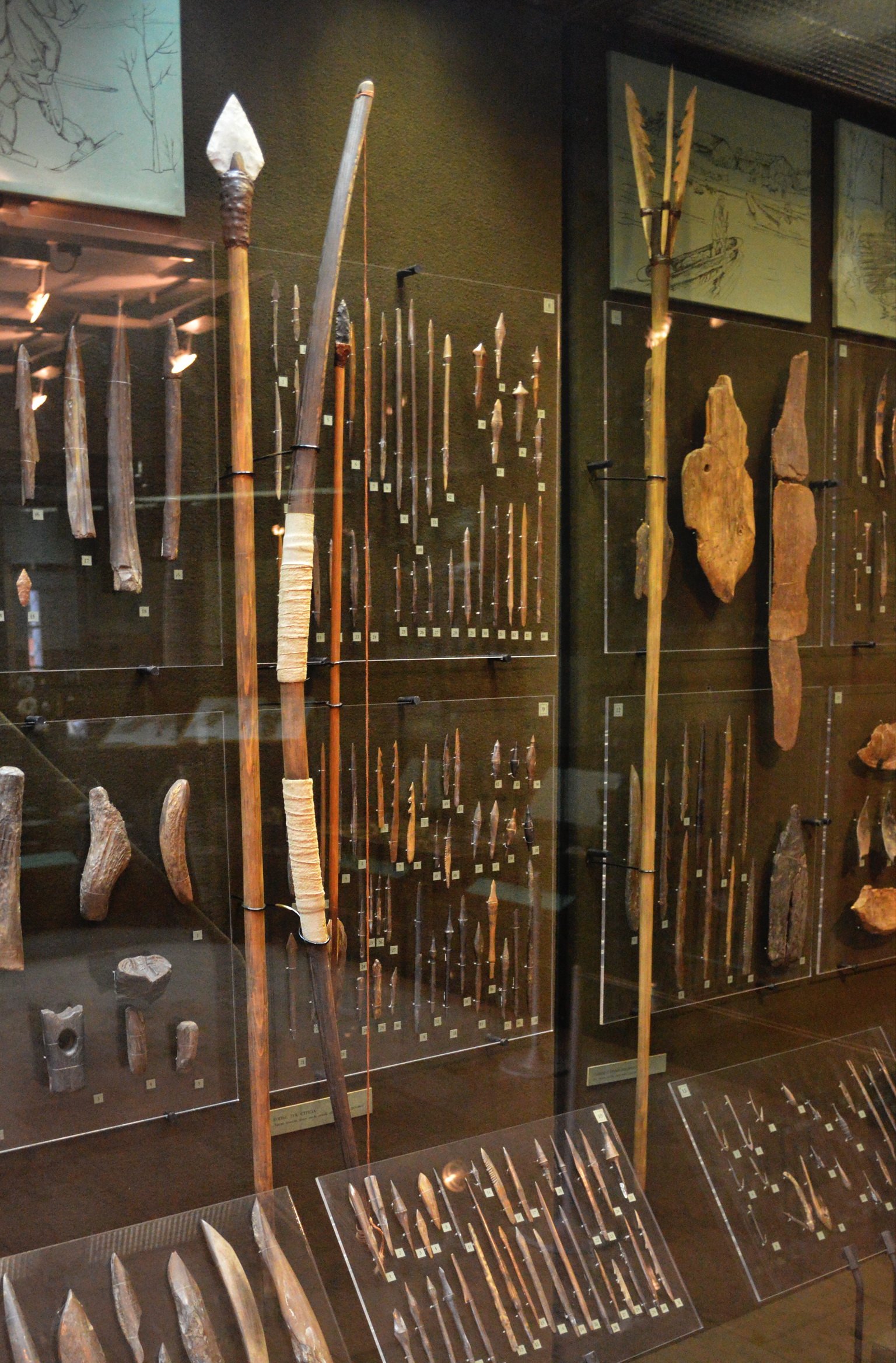
There’s something deeply moving about holding a Stone Age tool and recognizing the touch of another human being from thousands of years ago. It’s a connection that bridges time and space, uniting us with people who faced different challenges but shared the same hopes and dreams. The tools found in Malaysia are more than just relics—they are testaments to the enduring spirit of creativity and problem-solving that defines our species. As we marvel at their beauty and functionality, we’re reminded that the story of human ingenuity is far from over, and that the next great invention might be inspired by a fragment of stone from a distant past.




